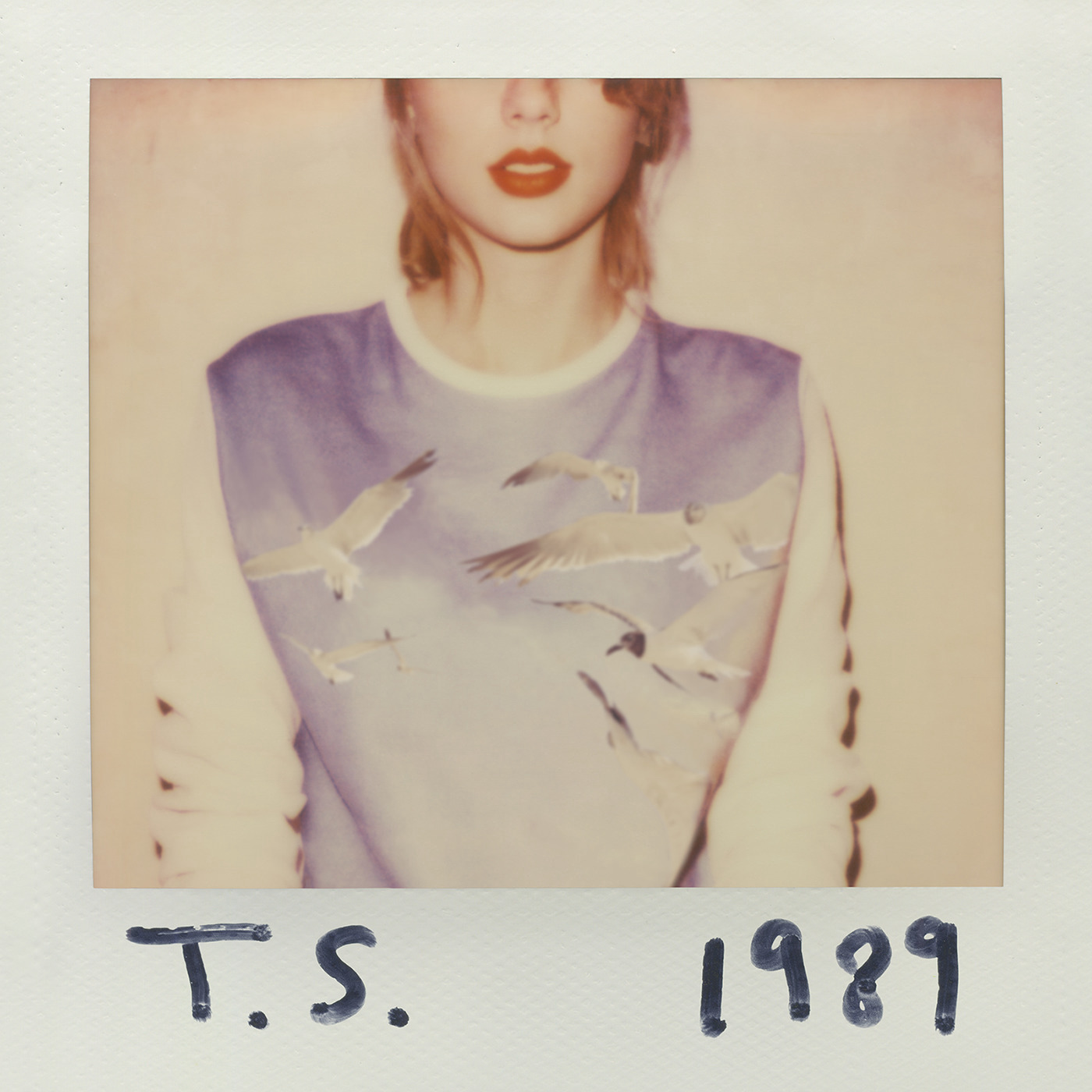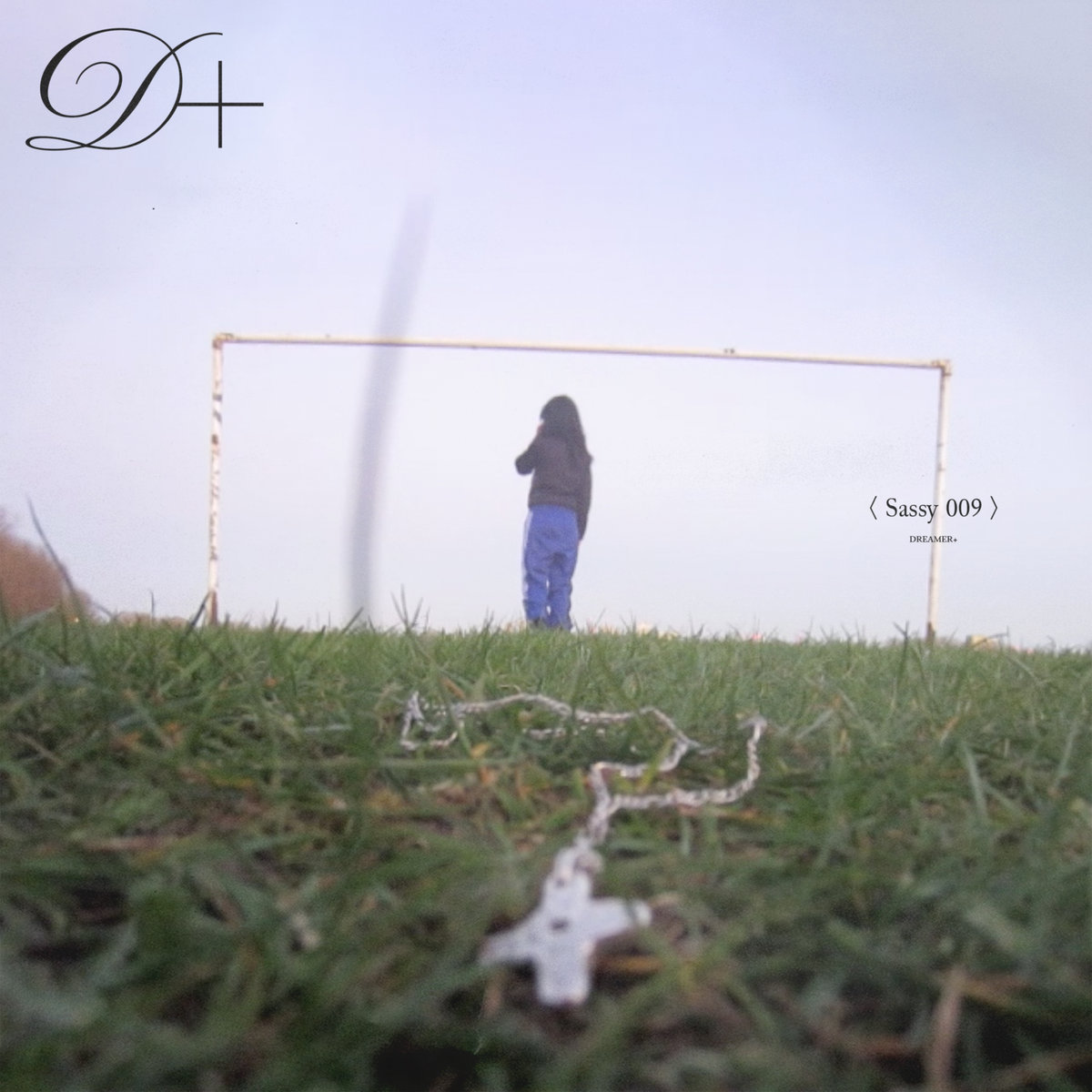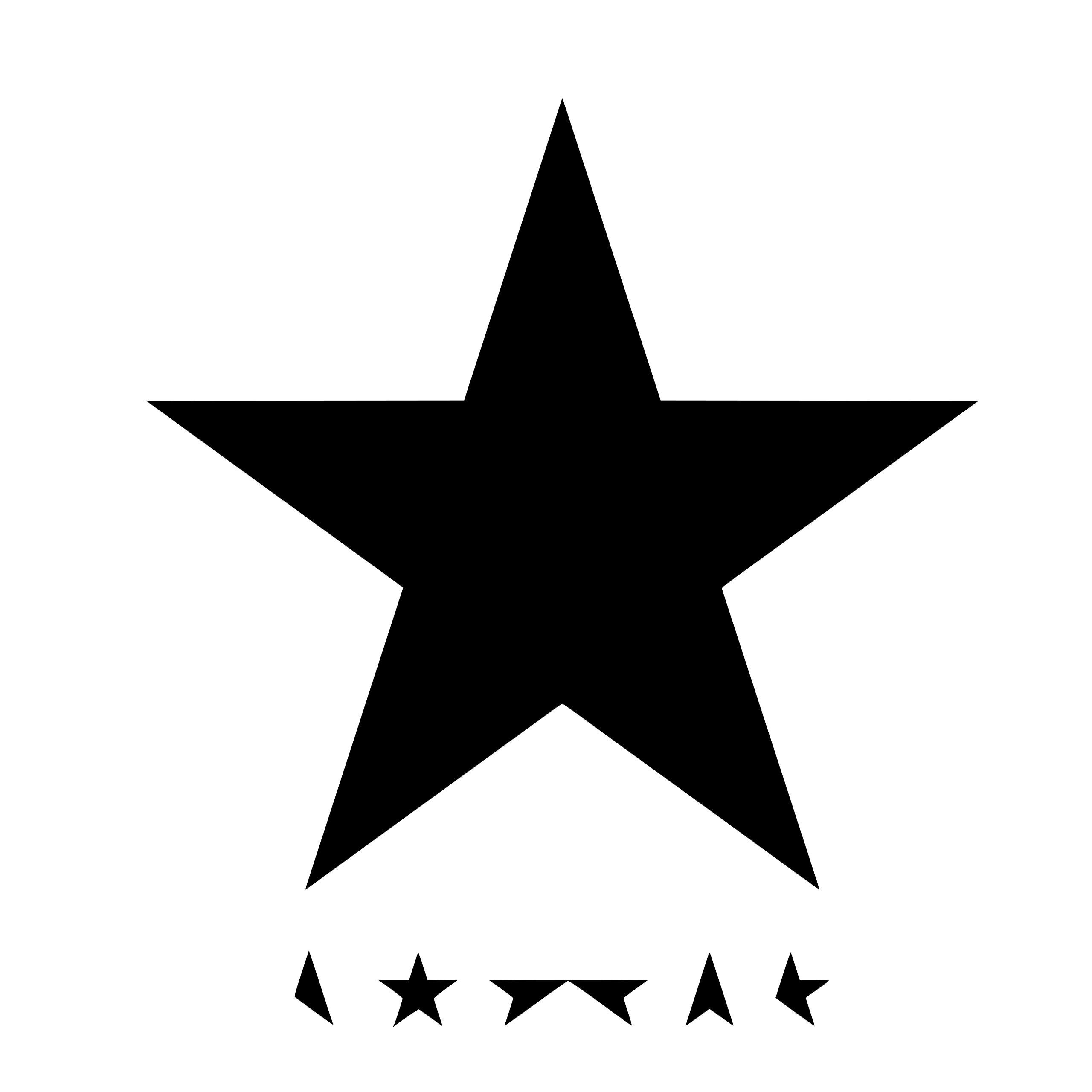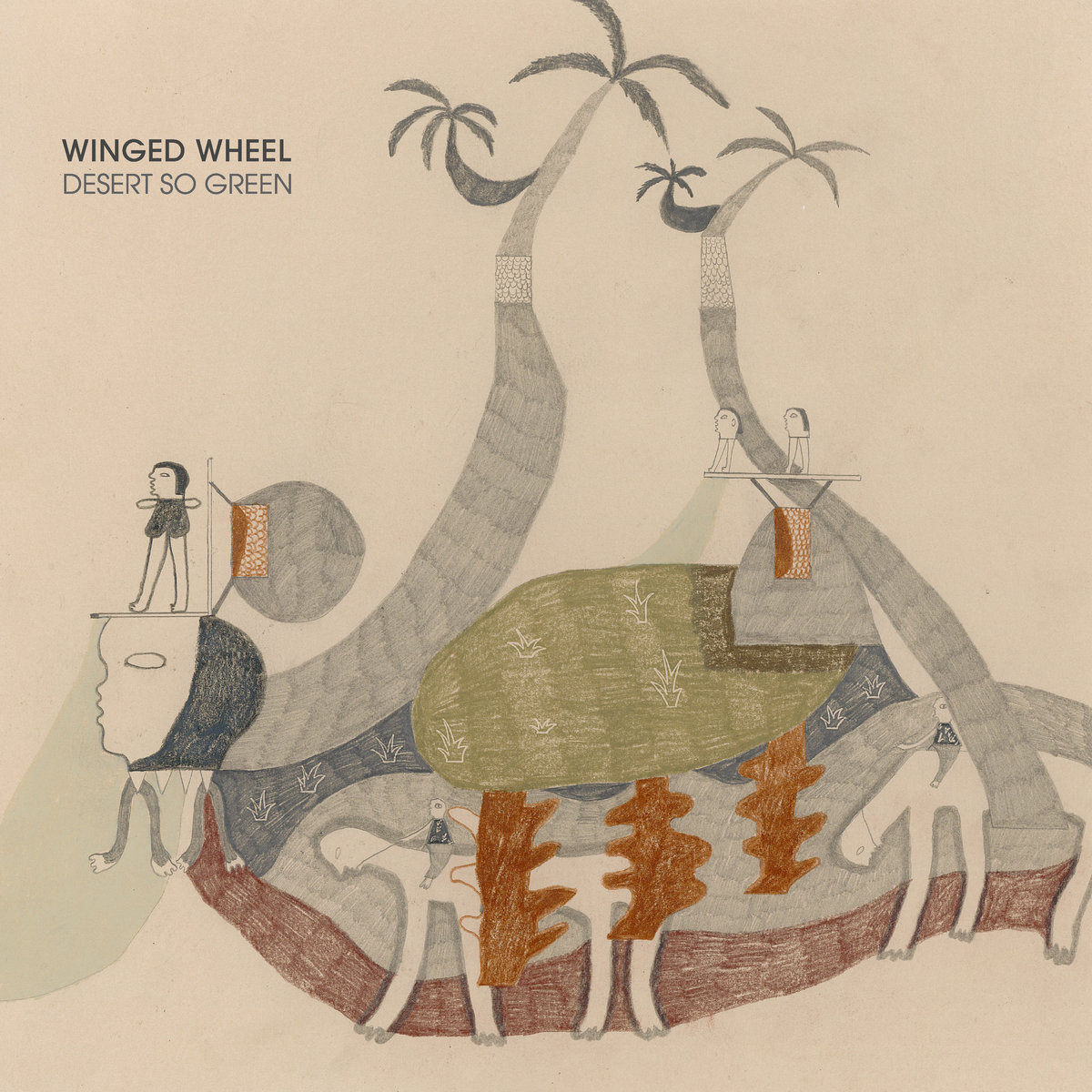- Big Machine
- 2014
Sometimes you just have to get out of your hometown. For Taylor Swift, that reckoning came when she was merely 14. The burgeoning singer-songwriter, her parents, and her younger brother packed up and relocated from Wyomissing, Pennsylvania, to the Nashville suburbs so she could pursue a career in country music. As you know, that all worked out for her. But when that seminal, life-changing move happens when you’ve barely started high school, how do you reinvent yourself later on? Well, you could move to New York.
Taylor Alison Swift was born on Dec. 13, 1989, and don't you dare forget it. The pop star has often dotted her songs with references to age: About how first kisses at "Fifteen" make your head spin, about how dancing like you're "22" makes you forget the ensuing disappointment. But youth, as some of those songs might tell you, is fleeting. With her fifth studio album 1989, which turns 10 years old this Sunday, Swift seemed to want something more concrete. She also wanted a reintroduction. So in 2014, having freshly completed the highest-grossing country music tour of all time, 24-year-old Swift took a break from Nashville and opted for a Tribeca apartment of her own. It proved to be as much a spiritual relocation as a physical one.
Swift named 1989 not only after her birth year, but after the era of synth-pop she wanted to emulate, having admittedly been in a big Peter Gabriel and Annie Lennox listening phase. When Swift released the album’s predecessor Red, critics applauded her beginning to pivot away from country music -- the fiddles and faux twang of her first three albums were no longer fashionable. Red, instead, marked Swift's first “adult” album. It indicated that she was evolving into the pop star she was destined to be. But Red’s songs, several of which were produced by decidedly non-country hitmakers Max Martin and Shellback, were still promoted to country radio. By the time Swift released 1989’s lead single “Shake It Off,” she’d set a hard line with her then-label Big Machine: This was a pop album, and it’d be marketed as such.
Maybe it’s because I was a teenage girl at the time, but I can’t help but feel that all Swift’s albums before 1989 were written and released almost exclusively with that demographic in mind. “Shake It Off,” however, felt like it was supposed to be for everyone. While the average person doesn’t know what it’s like to endure the wrath of media scrutiny, they might know what it’s like to get roasted for not holding down a partner, to spot one of their exes with some new arm candy, to experience the sociological phenomenon known as “haters hating.”
And so “Shake It Off” wasn’t just a slumber-party soundtrack; it commanded wedding reception dance floors and college football stadiums. It’s the first Swift song I remember hearing my mom sing without me having shown it to her first. Dudes who lived in Bushwick even warmed up to it. All eyes were on Swift, then, for the subsequent single “Blank Space,” the snarky, jangly, genuinely clever anthem that spit all the tabloids’ barbs back at them. The world now knew Taylor Swift less as the perpetually-heartbroken teenaged narrator of Speak Now and Fearless, but as a grown woman who was more self-secure -- or at least trying her hardest to be.
Swift told Billboard shortly after 1989’s release that the record was reflective of “what [her] life looks like now.” So with her vamped-up pop star glow came an abundant cast of friends known as her “squad,” composed largely of supermodels -- Karlie Kloss, Kendall Jenner, Cara Delevigne, Gigi Hadid, Martha Hunt, Lily Aldridge -- or otherwise buzzy entertainment dignitaries. Swift has said she never thought of herself as “cool,” but the “Bad Blood” music video -- a major document of said “squad” -- seems to posit no other option: Here’s Swift and her hot, skinny, wealthy cohorts, training to take down a villain. Kendrick Lamar’s muffled "hey"s echo as the women strut in slow motion, the London skyline exploding behind them.
But just as Band-Aids don’t fix bullet holes, old habits die hard. Heartbreak is the national anthem, as Swift proclaims on the stellar bonus track "New Romantics," but where Red wallowed in the pits of post-breakup agony, 1989 attempts to view those heightened emotions through a more nuanced lens. On the sweeping, orchestra-assisted ballad “Wildest Dreams,” Swift is in the early stages of a whirlwind romance, picturing its eventual demise. But it’s hardly bitter: “Say you’ll see me again, even if it’s just pretend,” she coos, a gentle demand that this end peacefully for once, a feeble yeah, we can still be friends at its most hopeful.
The thunderous Jack Antonoff joint "Out Of The Woods," meanwhile, spins a real-life snowmobile accident into a metaphor for a rocky on-again, off-again relationship, a fling she revisits fondly on the funk-lite groove "Style." (The James Dean lookalike in question is unanimously believed to be Harry Styles. Subtlety has never been Swift's strong suit.) Then, there's the Imogen Heap co-write and album closer "Clean," which finds much-needed release: "When I was drownin', that's when I could finally breathe." These are some of the strongest songs not just on 1989, but perhaps in Swift's entire discography, so much so that their more anonymous counterparts like "How You Get The Girl" and "All You Had To Do Was Stay" fade out of memory, casting the record as a whole in a more flattering light.
If Red somehow left you with any doubt that Taylor Swift was an essential figure in pop music, 1989 was the cement that made her status permanent -- an idea that seemed to perplex Swift most of all. When the now-disgraced Ryan Adams infamously released his own track-by-track 1989 covers album, Swift responded gleefully, a surprising reaction coming from the woman who'd eventually re-record 1989 herself to keep it out of the hands of another sleazy man. After wrapping up the 1989 tour, she found herself overwhelmed and recoiled from the spotlight, taking a comparatively massive three-year gap before releasing her rage-fueled next album Reputation. Reputation seemed like the thematic antithesis of 1989 -- it was dark and aggressive, disputing Swift's own claims that maybe life is more fun with just her friends. 1989, in the rearview, feels aspirational, a Polaroid photo of a time when moving to a new city was the catchall solution. When I try to think of a lyric to summarize the album, I go to the final line of "New Romantics" -- "the best people in life are free." By that metric, 1989 might be Taylor Swift's nearest approximation to freedom.
We rely on reader subscriptions to deliver articles like the one you're reading. Become a member and help support independent media!






